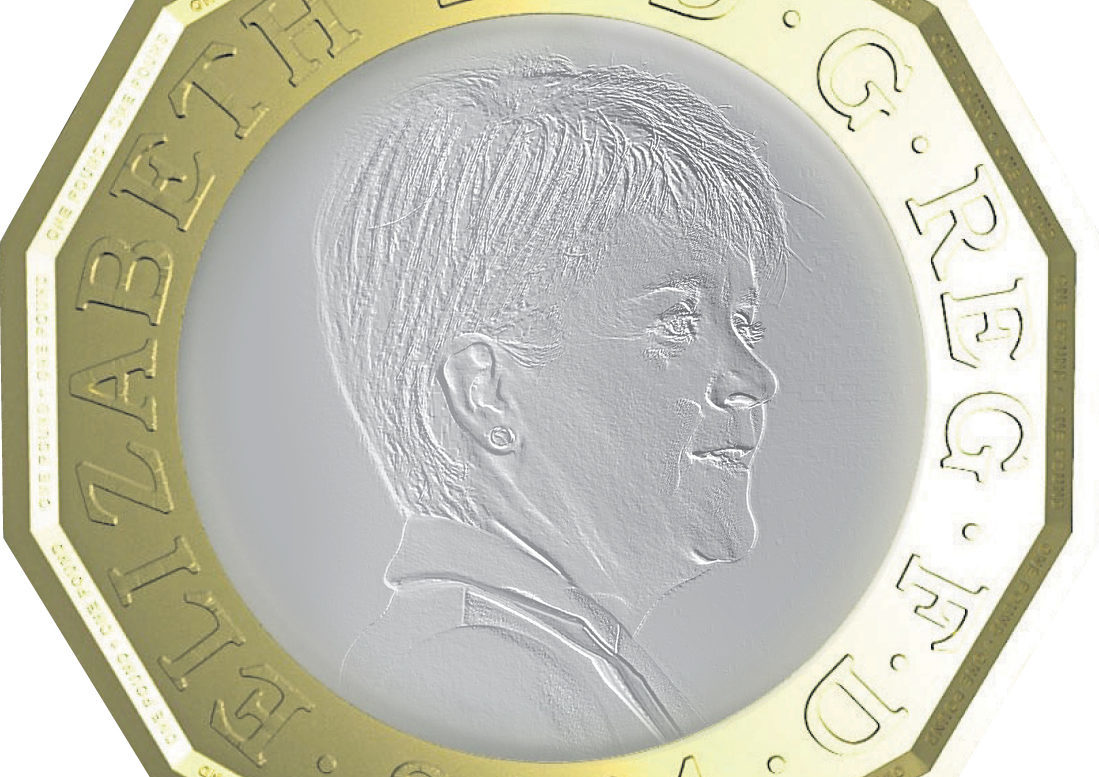
THE creation of a Scottish currency will be at the centre of a new blueprint for independence to be launched by the SNP within days.
The First Minister is expected to unveil the long-awaited Growth Commission paper on Friday, detailing economic building blocks for an independent Scotland.
It is understood the 400-page document will support a gradual move towards a Scottish currency if voters back independence in a second referendum.
Observers believe the UK Government’s decision to rule out a currency union after independence damaged the Yes campaign in 2014.
The Commission’s plan would see Scotland continue to use the pound on the first day of separation but on an unofficial basis. There would then be a transition period to a new Scottish currency, initially pegged to Sterling.
The Commission, led by former MSP turned public relations director Andrew Wilson, is also expected to back a ‘golden visa’ drive to attract wealthy investors to settle in Scotland, while the tax laws would be simplified with tougher penalties for those cheating the system.
Despite Scots voting to reject independence in 2014, Ms Sturgeon has said another referendum is still on the table.
She has said she will make her mind up in the autumn on another poll once there is a clearer picture on the Brexit negotiations.
The Growth Commission was launched in 2016 when another referendum looked imminent in the wake of Britain voting to leave the EU.
Commentators have speculated that the lengthy wait for publication of the report came after a surge in support for independence expected by the SNP failed to materialise.
One source close to the Growth Commission said: “It is a proper body of work that will inform thinking for the months and years ahead.
“It acknowledges that Scotland’s economy is not firing on all cylinders and maps out how we can address that once we have the full powers of an independent country.
“Lessons have been learned from the 2014 White Paper on independence.”
A decisive moment in the 2014 referendum campaign was when the Chancellor George Osborne ruled out a
formal currency union which would have allowed an independent Scotland to
officially use the pound, backed by the Bank of England.
It’s understood the Commission favours a gradual approach to the issue, where Scotland continues to use the pound on an unofficial basis until a future Scottish Government decides it is time to switch over to a Scottish currency. It is expected this, undefined, transition period would be used to create the institutions needed for such a move like a central bank.
Another strand to the report – which is understood to be split into three sections; growth, public finances, and monetary policy – is immigration.
It is expected the Commission will back efforts to grow the population and one aspect will be so-called ‘golden visas’.
The UK Government currently runs a scheme where people from outside the EU are offered the right to live in this country if they invest anywhere between £2m and £10m in our economy.
Such initiatives are common around the world and it is being suggested that Scotland could essentially undercut the UK scheme to attract people who are willing to move here to invest or set up businesses.
Labour economy spokeswoman Jackie Baillie said: “The SNP’s Growth Commission is expected to reboot the economic case for independence. It needs to reboot the economic argument for the SNP staying in power.
“SNP Ministers may claim that the fundamentals of our economy are strong – but for too many Scots our economy is broken with low wages and insecure work.”
An SNP spokesman said: “We look forward to the publication of the Growth Commission’s report and to its recommendations on how Scotland can make the most of its economic potential with independence.”
Panel on a mission to re-think the Yes campaign
Set up in the wake of the shock Brexit vote in 2016, the SNP’s Growth Commission was tasked with coming up with a blueprint to grow Scotland’s economy with the powers of independence.
The panel of 14 business leaders, academics and politicians were effectively asked to work out where the Yes campaign went wrong in making the economic case for ending the Union in the 2014 referendum.
Leading the project, which was meant to report back last year, has been influential public affairs consultant Andrew Wilson, a former SNP MSP, but Finance Secretary Derek Mackay has also been heavily involved.
Commission insiders have said the report is quite technical at points and will “inform thinking” rather than being the definitive guide to how any future Yes campaign might be run.

Enjoy the convenience of having The Sunday Post delivered as a digital ePaper straight to your smartphone, tablet or computer.
Subscribe for only £5.49 a month and enjoy all the benefits of the printed paper as a digital replica.
Subscribe